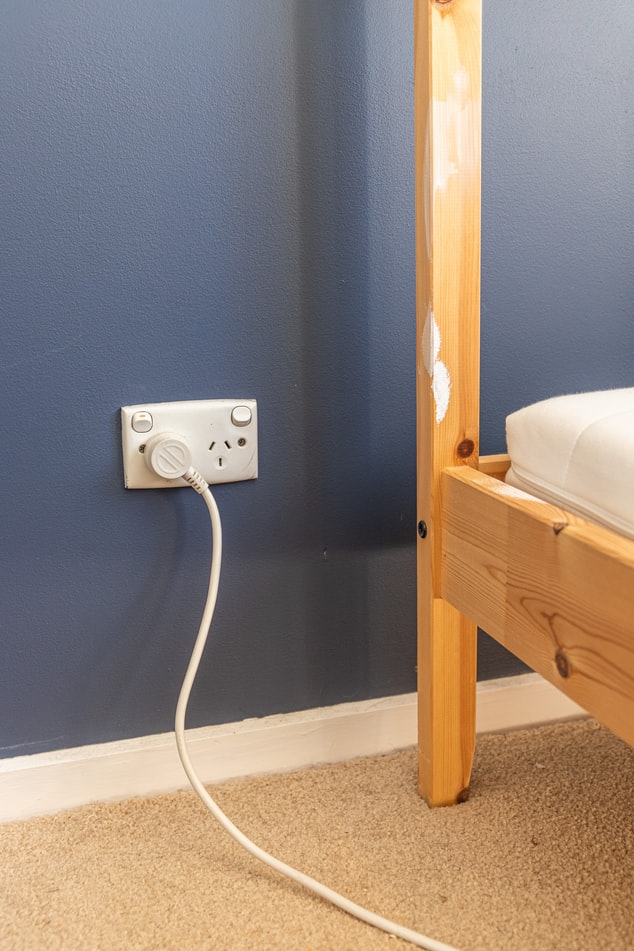The Top 7 Things To Know About Energy Deregulation

Energy deregulation has grown in popularity over the past several years as more energy markets deregulate. Many people are unaware of the basic concept and process of energy deregulation, meaning homeowners are failing to receive the amazing benefits!
 Photos By Unsplash
Photos By Unsplash
If you’re living in or moving to a deregulated market, learn important topics about energy deregulation to ensure you’re prepared to enjoy energy choice. Here are the top 7 things to know about energy deregulation:
1. Energy Deregulation Definition
Energy deregulation restructures the current energy market by encouraging competition to prevent monopolies. Competitors purchase energy from producers and sell energy to customers. Customers choose from multiple suppliers based on preferred prices, payment plans, and products. Traditionally, utility companies monopolized energy markets through regulation. Energy prices and processes were completely controlled by local utilities, meaning customers only received one price and product for energy.
Energy deregulation continues to become more accessible for residents and business owners increasing a customer’s energy choices and control.
2. History of Energy Deregulation
In Canada, deregulation of the natural gas market began in 1985. Legislation was passed which separated the cost of transmission and distribution from the cost of gas, effectively opening the market to competition for industrial and commercial customers. In 1996, residential customers earned the option to choose energy providers in Ontario, British Columbia, and Alberta.
The electricity markets also began deregulation during 1998. Certain laws were created to manage deregulation of the power grid while increasing competition and providing energy choices. Alberta is the first and most successful province to deregulate electricity with about 40% of customers choosing competitive energy providers.
3. Operation of Energy Deregulation
Energy deregulation requires energy providers and utility companies for supplying energy to customers. Energy providers purchase energy from producers and create competitively priced packages to benefit customers. Utility companies deliver energy to customers using existing infrastructure and distribution systems. Utilities also manage energy maintenance, including reading meters and solving emergencies, such as power outages.
Energy providers sell energy and utility companies deliver energy to provide customers reliable service and greater savings.

4. Benefits of Energy Deregulation
Energy deregulation offers numerous benefits for customers, including:
- Multiple Choices: Customers receive multiple energy providers to choose from based on prices and products, meaning customers control energy expenses and personal preferences.
- Excellent Savings: Energy providers offer competitive prices and payment plans to guarantee reduced expenses, saving money on energy bills by about 20%.
- Increased Awareness: Considering energy providers and usage creates a conscious awareness, leading to more energy-efficient habits.
- Environmental Improvement: Energy providers offer green energy options to save the environment by reducing your home’s carbon footprint.
5. Prices and Payment Plans
Energy deregulation serves customers by promoting reduced prices and better payment plans. Energy prices and payment plans are determined by energy providers based on market demand and customer needs. Energy providers determine rates for each KWh unit used. Energy providers choose payment plans, generally either fixed rates or variable rates. Fixed rates secure energy prices for an extended period of time, usually including contracts lasting anywhere between six months and three years. Variable rates fluctuate based on market demand to either raise or lower prices.
Discover cheaper prices featuring fixed-rate contracts to consistently save money on energy expenses.

6. Green Energy Opportunities
Energy deregulation presents green energy opportunities to customers. Traditional forms of electricity, specifically fossil fuels, emit carbon dioxide and other harmful gases during production, adding pollutants and increasing global warming. Green energy offers a sustainable and clean alternative for powering homes and businesses without releasing dangerous pollutants and greenhouse gases to combat global warming.
Energy providers feature a percentage of green energy supplied by their business, meaning environmentally-conscious consumers can affordably and easily reduce their carbon footprint without enduring expensive installation and maintenance costs.
7. Process of Changing Energy Providers
Changing energy providers involves calculating your current rate, comparing energy providers, and creating contracts. Calculate your current rate by reviewing previous energy bills and statements to determine your average rate. Compare energy providers by searching for the cheapest TX electricity to find cheaper rates and ideal payment plans. Lastly, create a contract by contacting your new provider to verify prices and products as well as inform your old provider of the switch.
Receive your new energy bill to reduce your energy expenses and receive the benefits of energy deregulation.
Learn about energy choice by understanding the top 7 things you need to know about energy deregulation.









Leave a Comment